“Selfies have created a world where everyone thinks they need to smile and look happy.” – Kathy Shorr
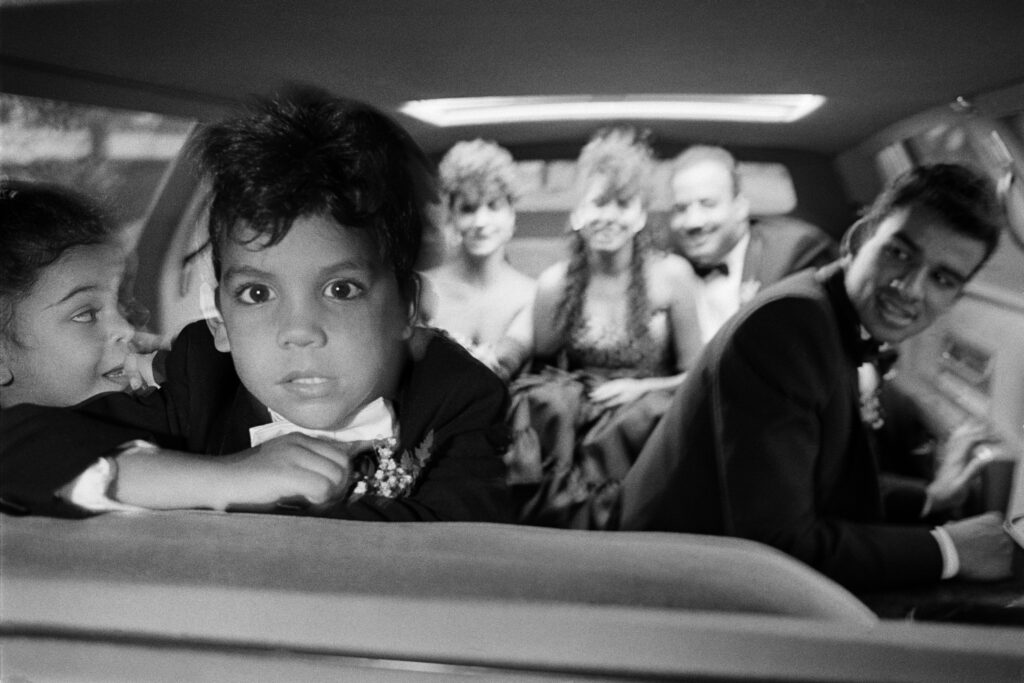

As a young graduate of the School of Visual Arts in 1988, photographer Kathy Shorr (who grew up in Brooklyn) scored a job as a limousine chauffeur with a company in Red Hook. The long white limo became Shorr’s photo studio as she shot passengers with her Nikon in and out of the car.
Shorr’s beautiful book “Limousine” is a throwback to a time before selfies and likes, to a New York where being driven around in a limousine was an event that made passengers feel like kings and queens of the city – even if for just an hour. – PETER DAVIS
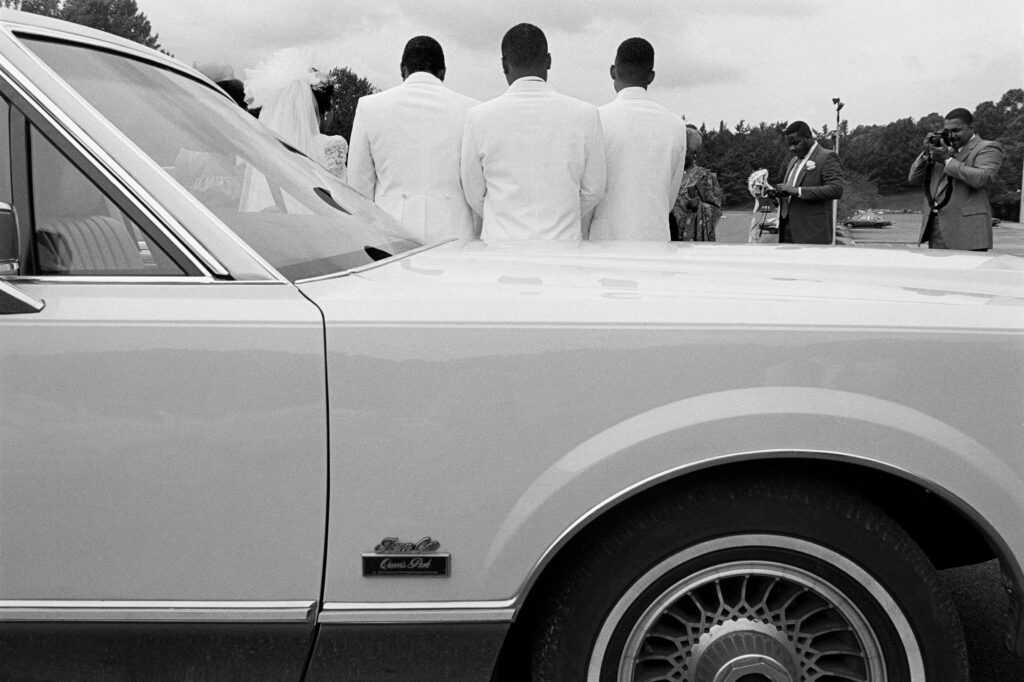
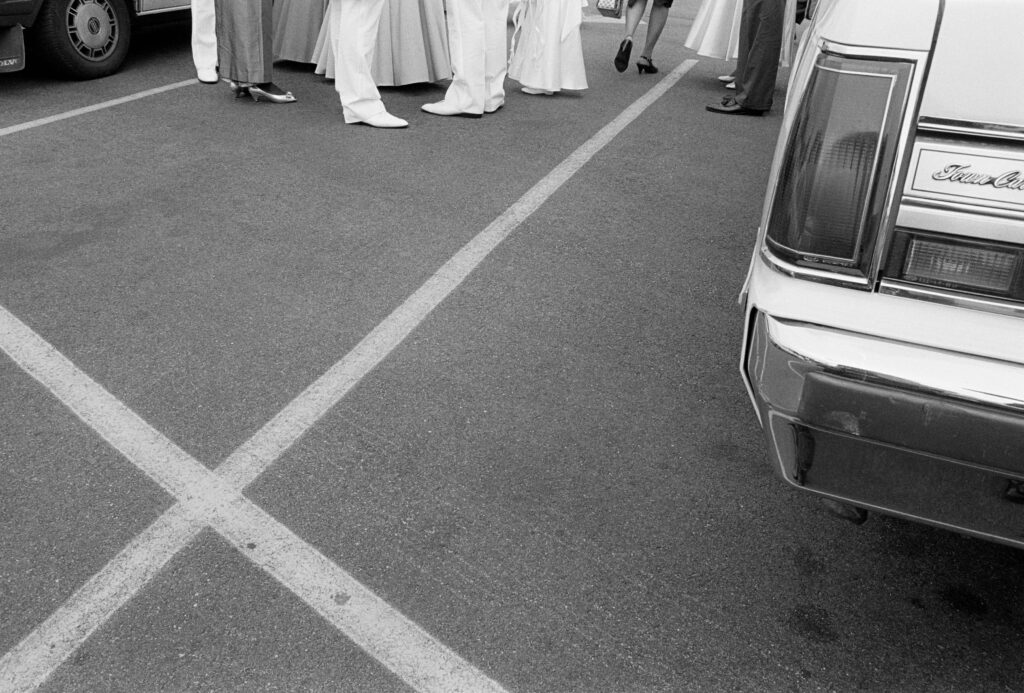

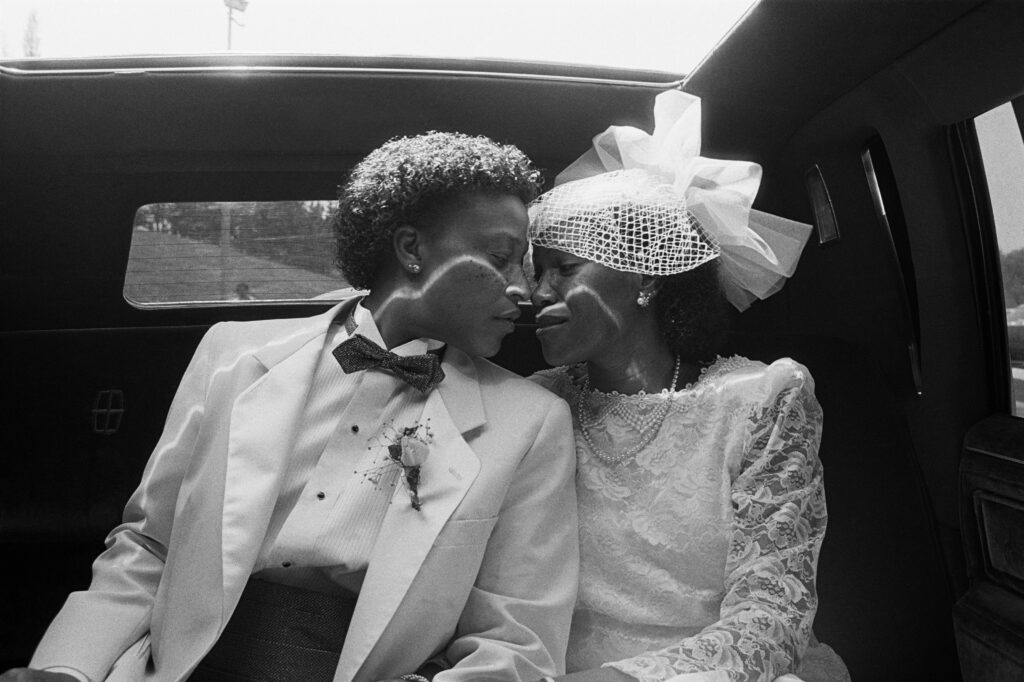
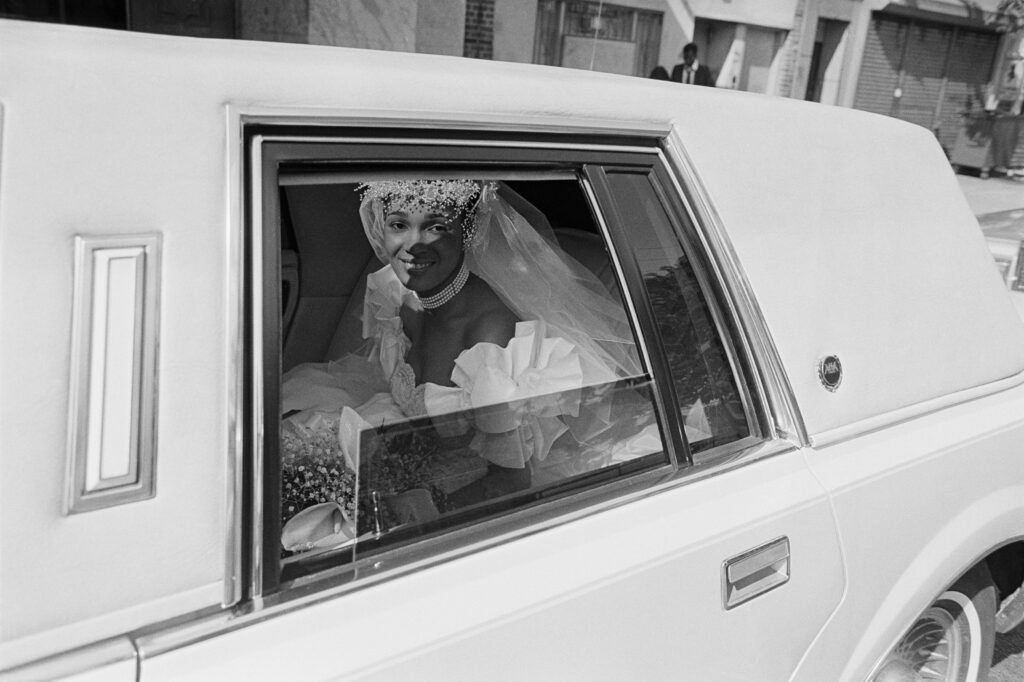
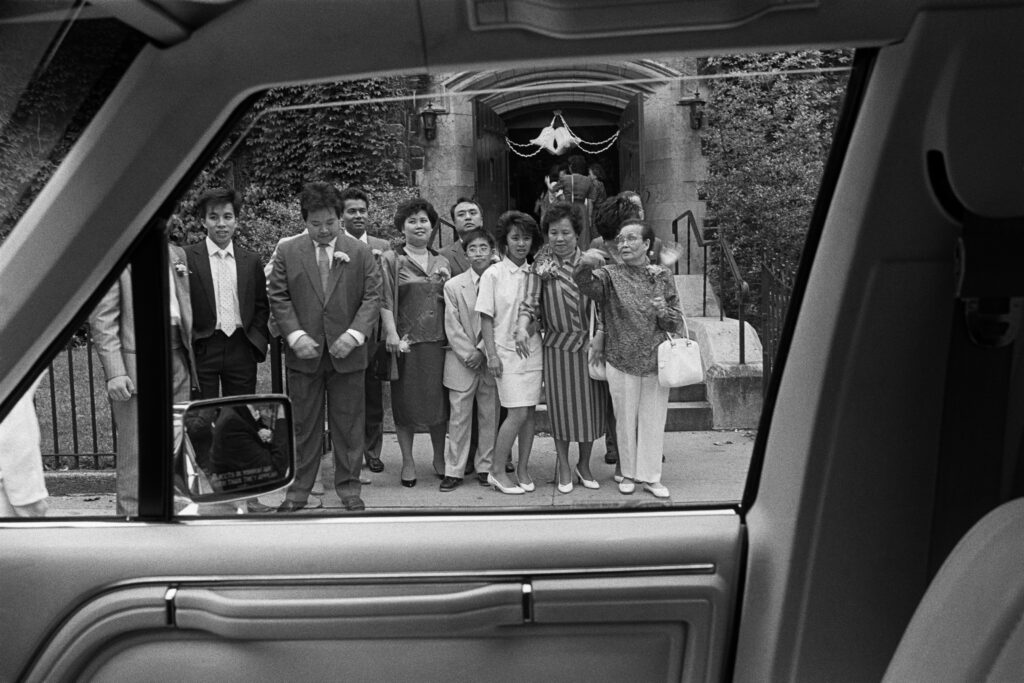
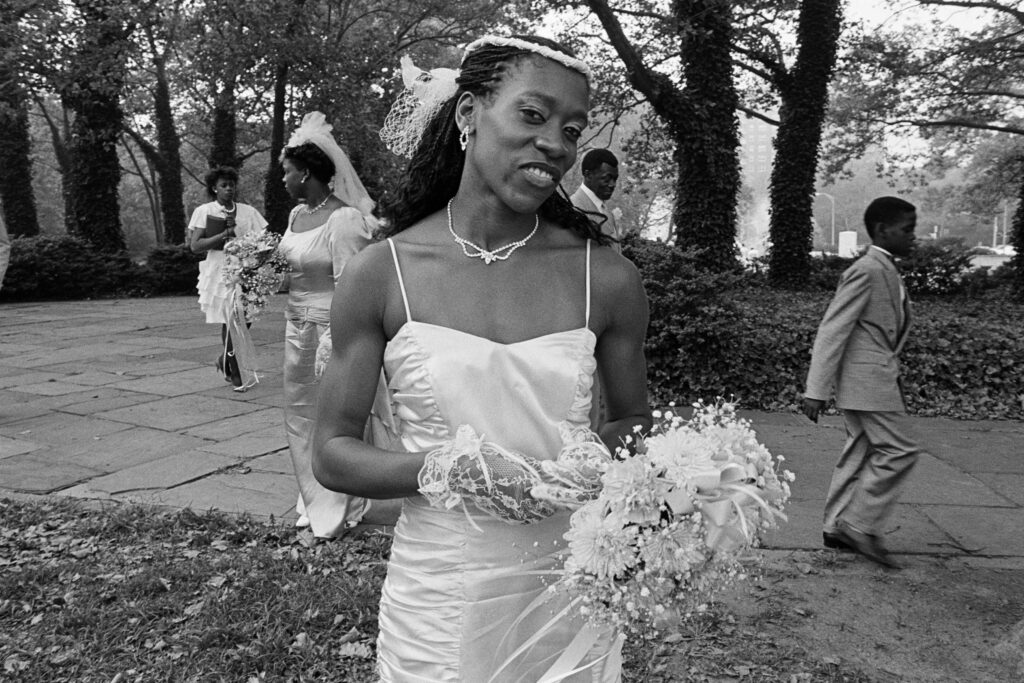
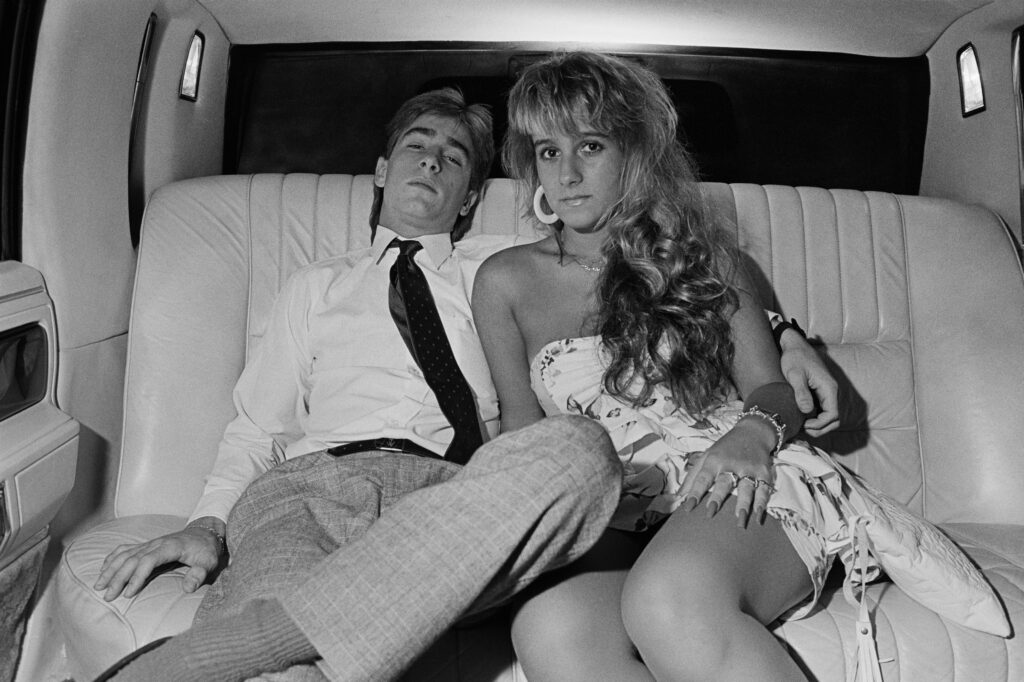

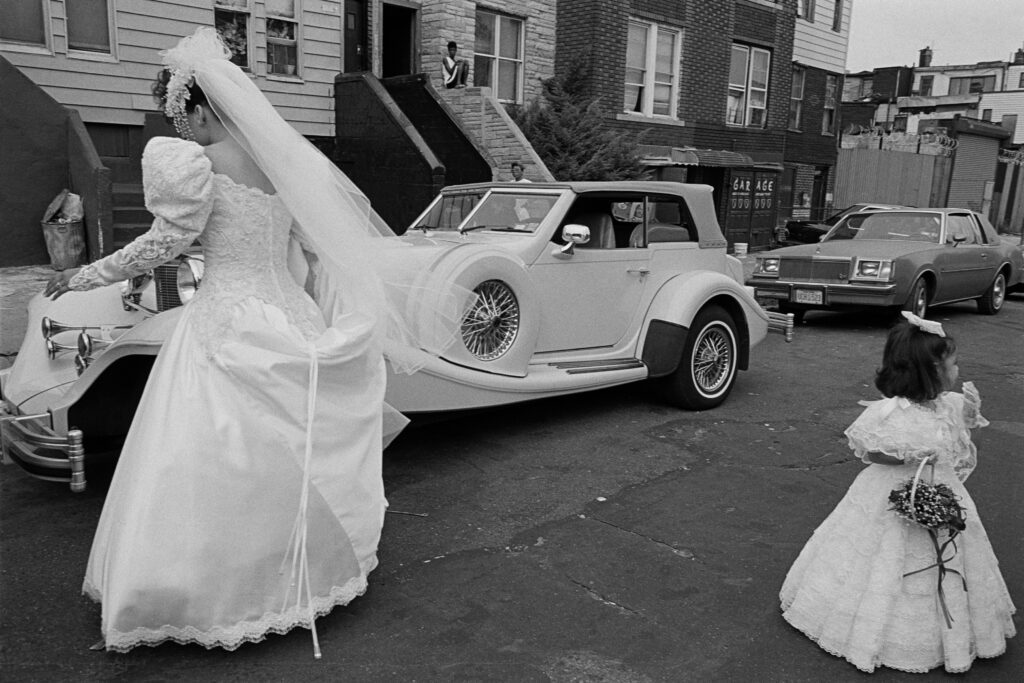
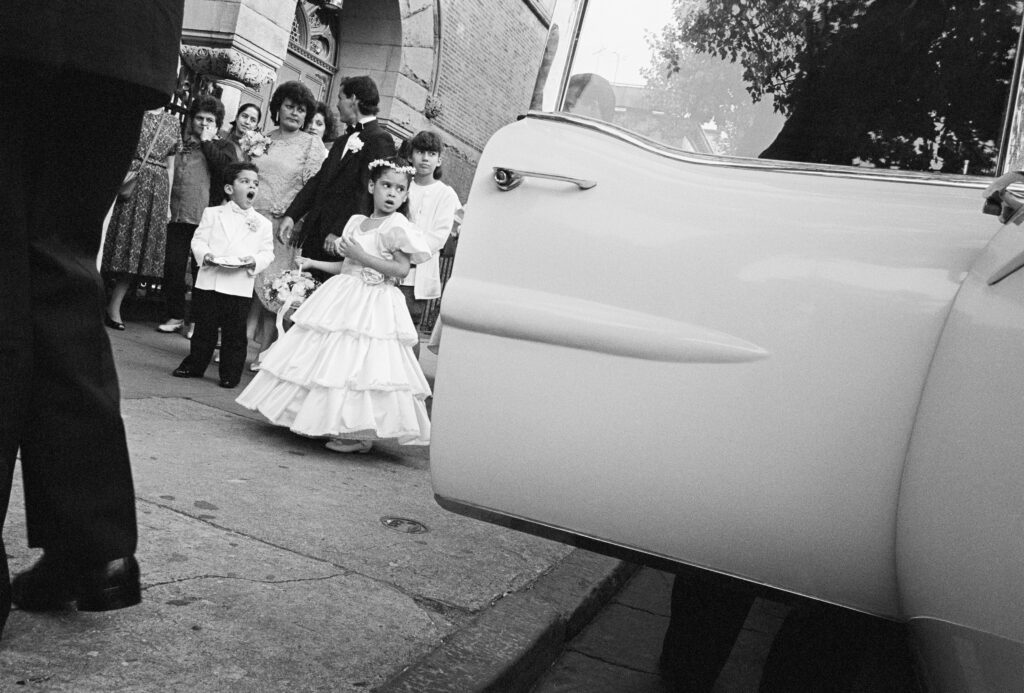
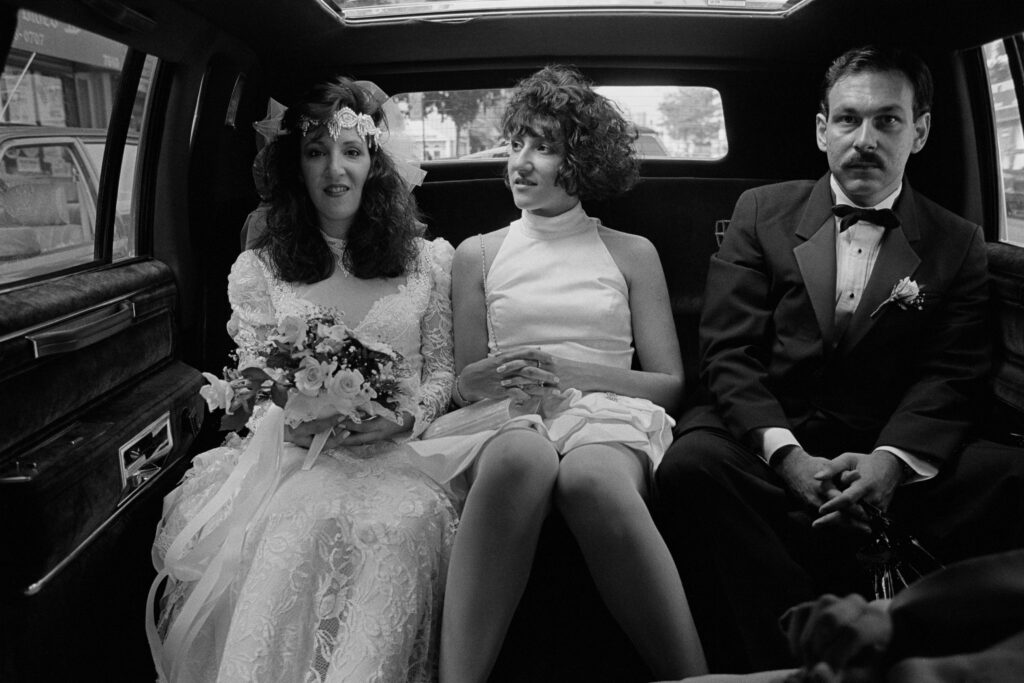


NYC in 1988. What would it be like driving a big white limousine in 2025 and photographing the passengers?
I don’t think it would be as interesting and accessible to do this project now for many reasons. I can’t remember the last time that I saw a limousine driving on the streets of Manhattan; so, I will speak of the replacement. The car of choice has become the large, black SUV; a vehicle that screams stay away from me. This type of car is meant to keep people at a distance, to provide a degree of anonymity for the passengers as it creates a clear barrier between those who can afford to be driven in this car and the great majority of people who cannot. There is nothing fun or inviting about this car and at the same time it is a very generic vehicle. Now think of the limousine. In the late 1980’s anyone could afford to rent a limousine for a special occasion. The cost was about $100.00 an hour with a two-hour minimum. If you were having an event: a wedding, prom, quinceanera, special day, you rented a limousine. The car was special, elegant, fun and never inaccessible. Wherever I drove, when the car was parked with the passengers not in the vehicle but inside of a venue, people always came over to ask if they could look through the windows and sometimes if they could sit inside. It brought smiles to their faces and knowing looks that one day they too would be inside of a limousine to go somewhere special. At this time in our history, everyone could have the experience of being a wealthy person, if only for a day. But this was okay to most as it allowed for dreams to come true – remember the story of Cinderella? Now in 2025, it is almost impossible for a working-class person to feel rich for even a day. Think about the costs of going to the movies, sporting events, concerts etc. with a family – the discrepancy between wealthy and working class is too large to afford many opportunities to those who are not making a large salary. Sadly, I also think that this is one of the reasons limousines went out of fashion, rich people want to feel special and if the working/middle class can afford it too – it is no longer special.
Another reason that it would be challenging to replicate driving a limousine in 1988, is social media along with selfies. Social media has created ubiquitous environments of individuals staring at their cellphones constantly. Even in a group, people disconnect from friends, partners, family and watch their screen. In “Limousine,” every single person is in the moment and engaged with those around them. Today there is a loss of human connection which many people miss or wish they could experience.
Selfies have created a world where everyone thinks they need to smile and look happy. It is okay to smile, and many people are smiling in “Limousine,” but every photo taken should not force you to put on a happy face. It is nice to see the subjects in a natural state, whether happy, thoughtful, or just being still. I think that these two aspects of social media in our society make it very difficult to create a project such as “Limousine” unless of course, your point is to show this type of alienation.
“I was a Brooklyn girl who had many good girlfriends that I enjoyed going out with, having a good time with – cigarette in hand.”
Did any image spark a strong memory?
One of my favorite photos is of the group of bridesmaids in the backseat of the limousine smoking and having an afternoon drink. One has her dress pushed up to her knees and a big striped beach bag on the floor next to her. They are also indifferent to my photographing them. Their hair is big and the dresses voluminous. I relate to these young women because I was just like them. I was a Brooklyn girl who had many good girlfriends that I enjoyed going out with, having a good time with – cigarette in hand. I related to them so well. They showed me how much I had changed and was living a different life now. I had just graduated from SVA and I saw the world very differently than previously. I was no longer interested in many of the things I used to do. This photograph (and the project) allowed me to see that I straddled two very different worlds; I could relate to working class Brooklyn as this was where I came from but it no longer reflected who I was – I had moved to a new reality.
Your limousine was like a pop-up photo booth. But some shots were taken outside – when was it the right moment to photograph people away from the back seat?
“Limousine” was always about photographing for the duration of the ride. If someone rented the car for two hours that was the window, eight hours that was the window. I asked the clients for permission to photograph during our time together. The back seat was a perfect studio but there were many things going on outside of the car that caught my attention as well. Some of the people photographed outside were not my passengers; they were celebrants at other festivities that were in proximity to where I was. I would then ask those people I was interested in, if it would be ok for me to take some photographs of them. I also liked to include the car in photos too. One thing I was not interested in doing was making myself a part of the project. This work was about the people I drove or saw during my driving – I did not want to put myself into the project. (I have noticed that two taxi series’ projects have many images of the taxi driver/photographers as part of the project. This was never my intention). Over time, I think the fact that I was a woman driving and creating this documentary became of interest to people.
Have you seen any of your “Limousine” subjects since you shot them?
No, I have not. There was a story about the project on an Instagram site with more than 100K followers. One of the commenters saw herself in one of the photographs and said it was taken on her sister in law’s wedding day. She was one of the bridesmaids sitting on the back seat of the limousine. She mentioned how happy she was to see the photograph. That was fun!
When was the last time you were in a limo?
The last time I rode in a limousine was the last time I drove a limousine.
Your powerful book “SHOT…101 Survivors of Gun Violence in America” is heavy subject matter. “Limousine” is so different.
The people I photographed for “Limousine” were in my life for a few hours. We exchanged pleasantries and talked superficially. They were gracious and permitted me to photograph them during our time together. They were happy at that moment in time, and I did not know anything about their lives outside of our time together.
“SHOT…101 Survivors of Gun Violence in America” is the type of project that is extremely intimate as people share with me something tragic that has happened to them. They do so because they don’t want anyone else to experience the pain and/or tragedy that they have suffered. I must research to locate people for the project or interlocutors that will help me connect with people. We email, text, talk beforehand and discuss what I am doing and what has happened to them. Although I spend between one to two hours with the participants, a bond is established that connects me to them. I feel responsible for the success of my work on gun violence because I have so many people behind me who believe in what I am doing and have given me permission to share their stories. I do not want to disappoint any of them.
What project is next?
I am currently working on the third series of my trilogy on gun violence in “America – SHOT: We the People.” The second series is “SHOT: We the Mothers” – this project features mothers who lost a child to gun violence. I photographed 51 mothers in Philadelphia and 44 in Miami. The third series is about communities affected by school shootings. Over 30 people have been photographed at four different schools so far.
The long-range goal of the trilogy “SHOT: We the People” is to have an outdoor public art exhibition in Washington DC featuring the portraits of over 250 survivors of gun violence in America. Their faces need to be brought to the capital of our country where our lawmakers can see the collateral damage of gun violence and how no one in America is safe from its consequences.
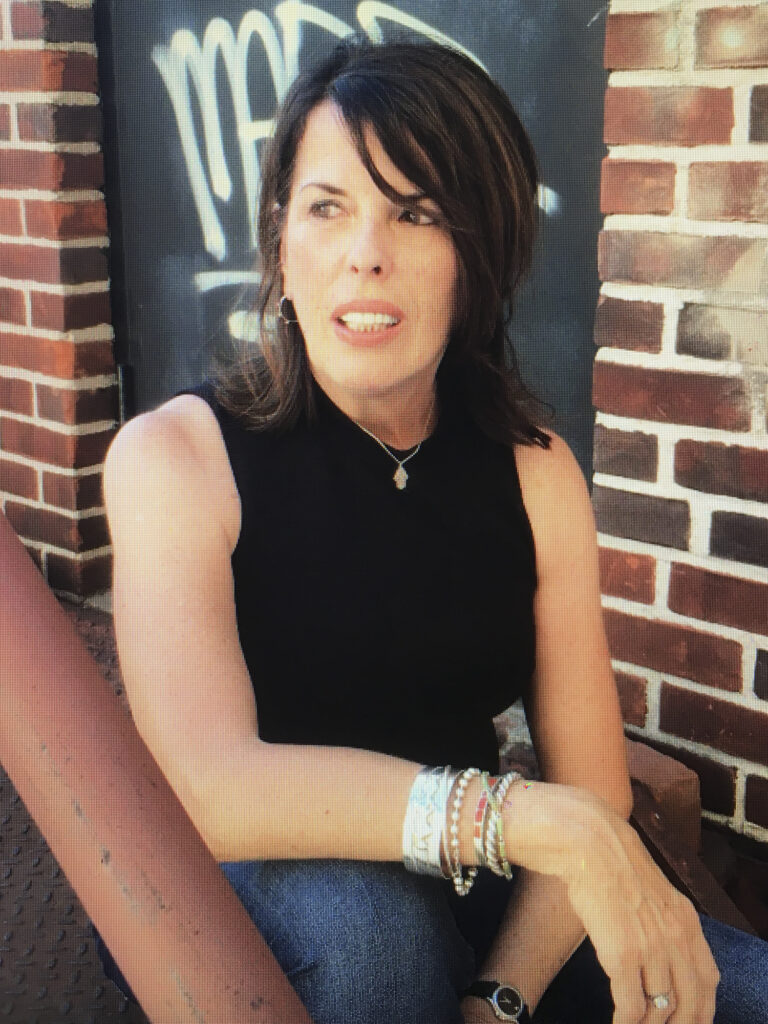
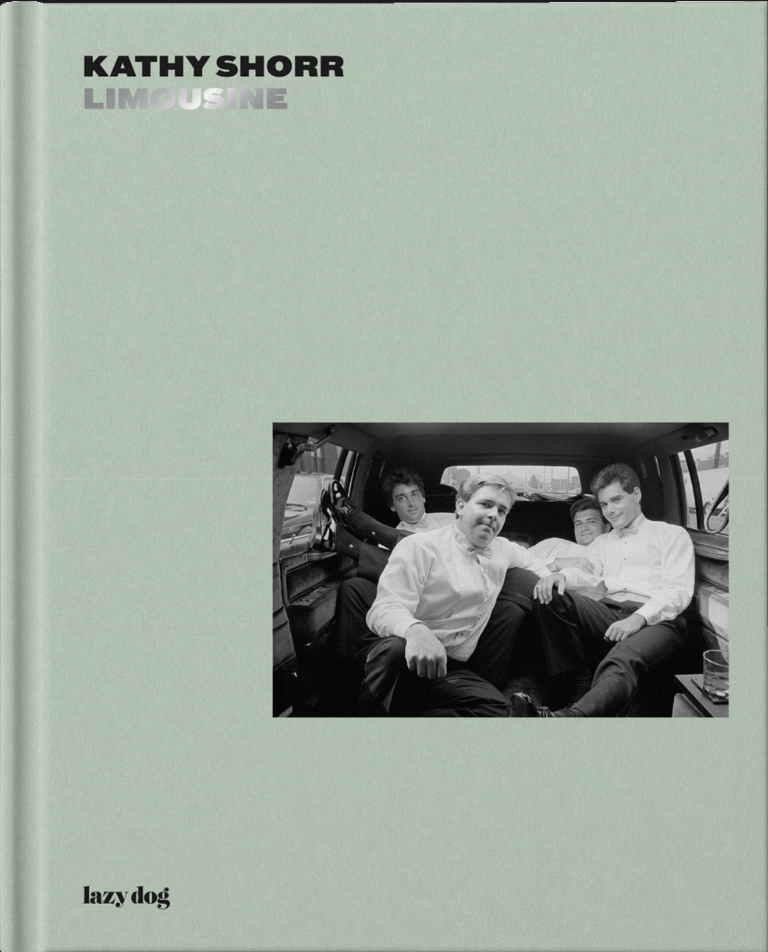
Buy Kathy Shorr’s “Limousine” HERE

